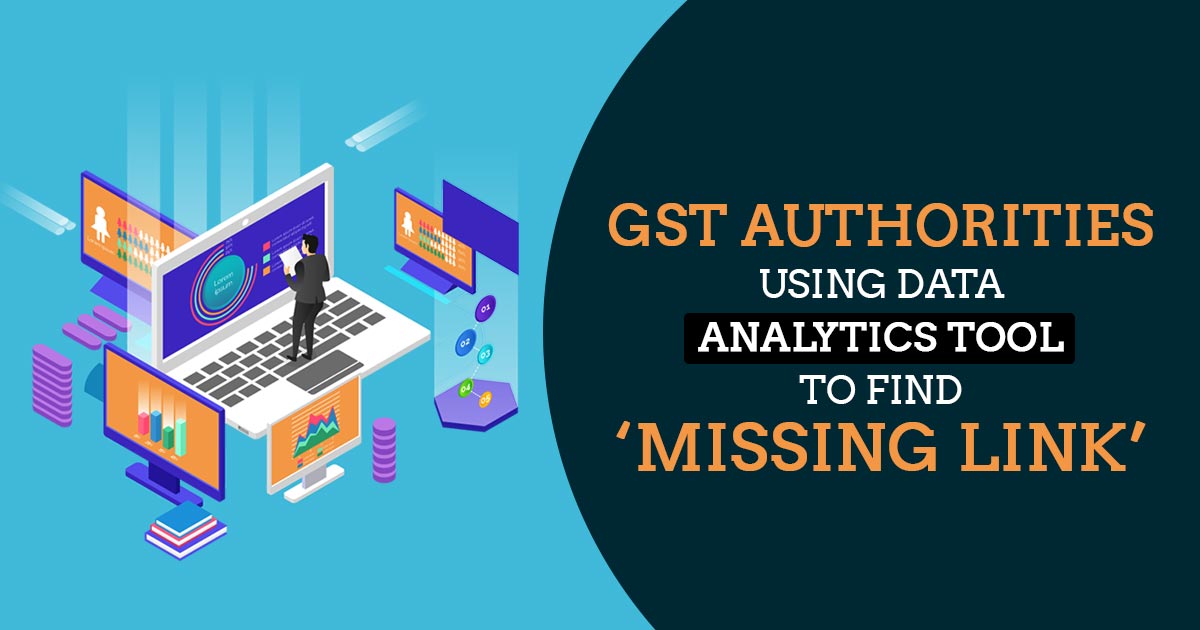
Data analytics is being used by the GST officers to make sure the whole supply chain in a specific sector is paying sufficient GST or if there is a missing link, said an official. The Directorate General of GST Intelligence (DGGI) has taken a stance and made efforts to find out about tax evasion at the initial stage itself to improve compliance. It is in the case of GST evasion detected in more than Rs. 1 lakh crore in the last fiscal year ended March 31.
“We are using ‘end to end’ analytics for a sector and ‘gap analysis’ of the taxes paid in a supply chain to make sure the entire value chain is paying sufficient GST or if there is a missing link,” the source informed PTI.
The data analysis includes comparisons of a specific sector’s tax payment behaviour to the previous excise and service tax regime.
“After stabilising the GST system now the focus is on streamlining it. We want to make sure that every industry under the GST is paying their share of taxes,” an official stated.
After doing the analysis, if the agency determines that altering the law or tariffs is necessary to reduce evasion while boosting compliance, it will be forwarded to the GST Council for approval.
Enforcement action could be taken, the source confirmed, if a sub-part of any sector in the value chain is found to be evading taxes.
The official further added that data analytics takes time, but it is necessary to check for GST evasion at the initial stage itself. It will assist in increasing revenue collection while making sure that compliance improves.
AMRG & Associates Senior Partner Rajat Mohan said DGGI has been authorised with various technology tools to point out high-risk sectors that are not representing the actual value addition in the entire supply chain, resulting in tax evasion.
Important: Fraudsters’ Mind vs Govt Intelligence for Fake GST Invoices
Tracking GST evasion by tax officials nearly doubled year-on-year to over Rs. 1.01 lakh crore in the 2022–23 fiscal year. The DGGI officers recovered Rs. 21,000 crores.
Approximately 14,000 incidents of Goods and Services Tax (GST) evasion were detected in 2022–2023. It is more than the previous date which was 12,574 cases in 2021–2022 and 12,596 cases in 2020–2021.
Fraudsters’ methods included undervaluing taxable goods and services to underpay tax, availment of exemption notifications incorrectly, availment the input tax credit incorrectly, failing to pay tax on the supply of taxable goods and services (clandestine removal), and availment the input tax credit fraudulently by using invoices from fake companies.
According to the Finance Ministry’s report to the Lok Sabha from last month, there was almost Rs. 3.08 lakh crore in total GST evasion findings between July 2017 and February 2023, of which over Rs. 1.03 lakh crore was collected. GST officials apprehended 1,402 tax evaders. These persons were in tax evasion for the last two and a half years, until February 2023.